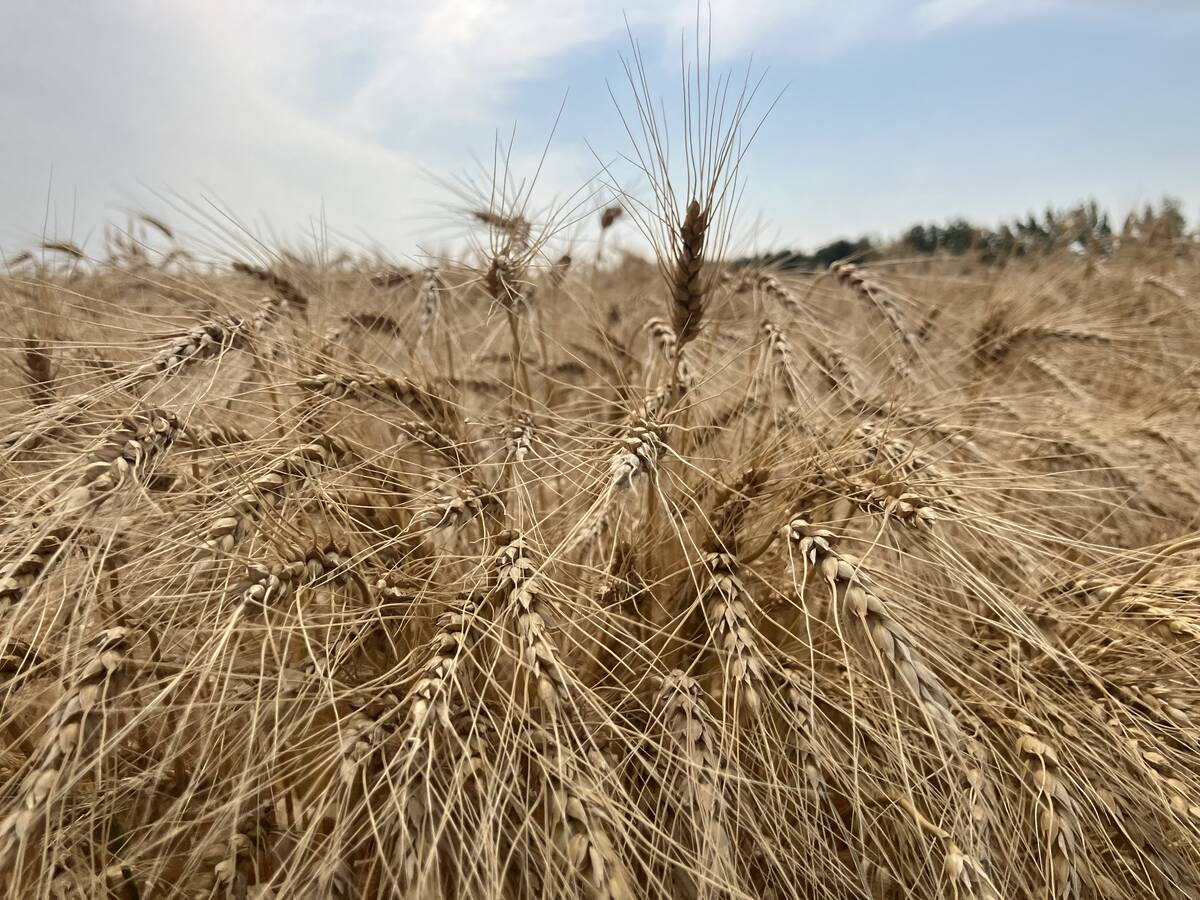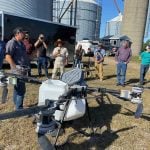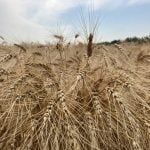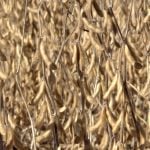Having spent the week taking the pulse of Saskatchewan’s grain and oilseed growers, the province’s pea, bean and lentil grower organization expects to see more acres in the province shift this spring to pulses — and to soybeans.
“We’re expecting pea and lentil acreage to be up this spring,” Carl Potts, executive director for Saskatchewan Pulse Growers, told an SPG regional meeting Thursday in Regina, based on talks with farmers at four well-attended regional grower meetings.
Saskatoon commodity analyst Larry Weber agreed: “We’re going to see a lot of yellow peas in the ground this year,” he said.
Read Also

Australia’s wheat production outlook improves as harvest begins
Analysts have raised their estimates for Australia’s wheat harvest, a Reuters poll showed, as better-than-expected yields in western cropping regions boosted the production outlook despite losses caused by dry conditions in parts of the south.
Many farmers having trouble moving grain into a clogged transportation system are wondering what to grow next year. “Some of the swing acres, I believe, are going to go into lentils, Weber said.
Red lentils would be his crop of choice “if somebody asked me what to grow,” he said, largely because there is a regular steady demand for red lentils in the marketplace.
There’s also a high level of interest in soybeans in southeastern Saskatchewan, as many southeastern farmers plan to grow soybeans for the first time or are considering adding them in the future.
In 2013, Manitoba farmers seeded 1.05 million acres of soybeans, well above the provincial 10-year average of 367 thousand acres — and Weber predicts a further increase in Manitoba soybean acres this spring, to 1.55 million acres. [Related story]
As new varieties with shorter growing seasons continue to hit the market, they will become even more suitable for Saskatchewan. “The same transition that happened in Manitoba is going to happen here,” Weber said.
SPG collects levies on soybean sales and has been investing in soybean research, though federal irrigation researcher Garry Hnatowitch of Outlook, Sask. pointed out that technically, “it’s not, by definition, a pulse crop.”
For farmers considering growing soybeans for the first time, “shoot for the earliest-maturing variety you can,” he recommended.
Weed control is an ongoing issue for pulse crop growers — and herbicide resistance is a looming threat.
“It’s really important to start thinking about not just your crop rotation, but also your herbicide rotation,” said Danielle Stephens, a provincial agrologist from Moose Jaw. “Tank-mix whenever possible,” she advised. “That really helps control resistance.”
— Leeann Minogue is editor of Grainews at Griffin, Sask.
















